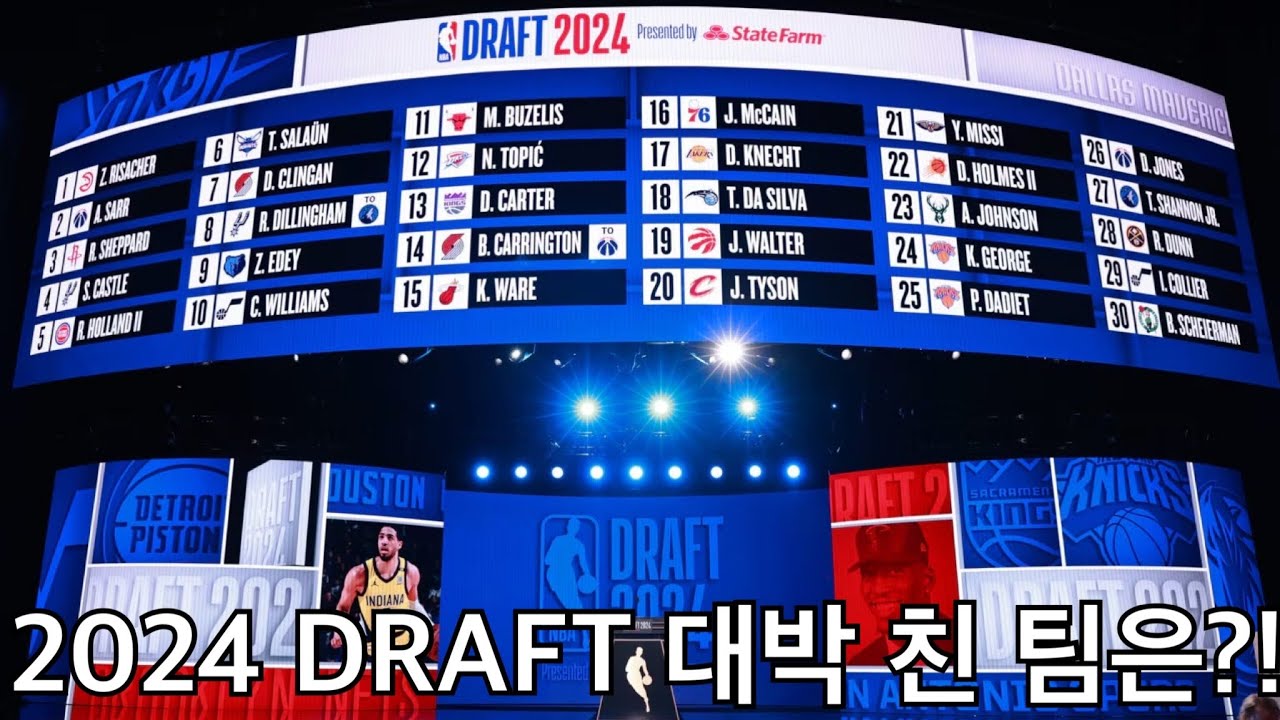In the intricate dance of scouting and prognostication that precedes the NBA Draft, few elements spark as much debate, excitement, and occasional consternation as the player comparison. It`s an age-old tradition, an attempt to bridge the unknown potential of a young talent with the established success of a current or past NBA star. For fans, it`s a convenient mental shortcut; for front offices, it`s a critical, albeit imperfect, analytical tool. As the 2025 NBA Draft approaches, the top prospects are already being measured against a pantheon of hardwood legends, setting the stage for careers that may or may not mirror their lauded predecessors.
The Allure and the Hazard of Comparison
Mark Twain once quipped, “Comparison is the death of joy.” While a delightful sentiment for personal introspection, in the realm of professional sports, comparison is often the *birth* of fascination. It provides a shared language, a framework through which we can quickly grasp a player`s perceived strengths, weaknesses, and potential role. Is a prospect a “scoring machine” like Kevin Durant, or a “defensive stopper” akin to Draymond Green? These shorthand descriptions, built on comparisons, allow for immediate comprehension and robust discussion.
However, the inherent danger lies in the very act of equating. No two players are truly identical. Circumstances, eras, coaching, team fit, and sheer individual will forge unique paths. A comparison, no matter how apt, is a starting point for discussion, not a definitive prophecy. To view it as such can lead to unrealistic expectations, stifle individual growth, and even, dare we say, suck some of the joy out of watching a player carve out their own identity. The art, then, lies in understanding what a comparison truly signifies: an archetype, a skill set, a potential ceiling, rather than a carbon copy.
The Scout`s Perspective: Beyond the Doppelgänger
When NBA scouts and analysts engage in player comparisons, they`re not merely seeking doppelgängers. Their objective is far more nuanced. They aim to identify:
- Archetypes: Is a player a “point forward,” a “stretch four,” or a “3-and-D wing”? These archetypes define a functional role in the modern game.
- Skill Sets: Which specific skills – elite shooting, playmaking vision, defensive versatility, interior scoring – translate most directly to the NBA level, and who has excelled with similar packages?
- Potential Roles: Will they be a primary initiator, a secondary scorer, a defensive anchor, or a complementary piece? Comps help project optimal deployment.
- Ceiling and Floor: What`s the best-case scenario if everything clicks (ceiling), and what`s the most likely outcome even with average development (floor)? Comps often represent these extremes.
It`s about asking, “If this prospect realizes their potential, what kind of *impact* will they have, and which successful NBA player provides the closest blueprint for that impact?”
Case Studies: 2025`s Top Talent Through a Comparative Lens
Let`s examine some of the top prospects for the 2025 NBA Draft and dissect the rationale behind their most common comparisons, understanding them as guideposts rather than absolute destinations.
Cooper Flagg, F, Duke: The Two-Way Anomaly (Andrei Kirilenko & Scottie Pippen)

The name Cooper Flagg has been synonymous with future NBA stardom for years, and his comparisons are as compelling as his game. Initially, the defensive genius and stat-stuffing versatility of Andrei Kirilenko (AK-47, for his ability to impact every statistical category) seemed a perfect fit. Flagg`s instincts, off-ball defense, and shot-blocking at 6-foot-9 evoked memories of Kirilenko`s prime. However, Flagg`s significant strides on offense, particularly his shooting consistency and burgeoning self-creation, have broadened the scope. The inclusion of Scottie Pippen speaks to Flagg`s potential as a primary, or at least elite secondary, offensive threat who can also facilitate and defend at an All-NBA level. The challenge for Flagg will be navigating the balance between his natural unselfishness and harnessing his immense scoring potential to headline an NBA offense.
Dylan Harper, PG, Rutgers: The Modern Jumbo Playmaker (Cade Cunningham)
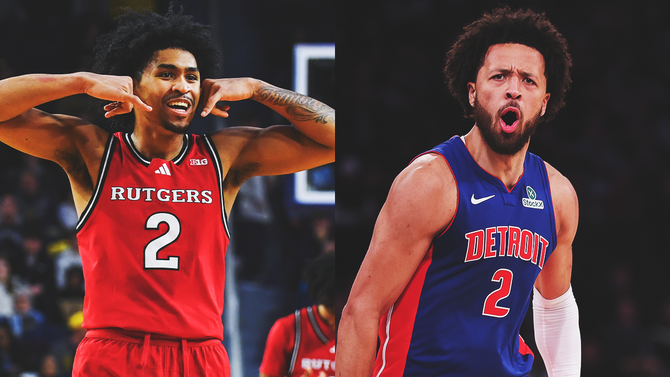
Dylan Harper, a physically imposing lead guard with a wingspan that defies his height, draws parallels to Cade Cunningham. This comparison isn`t about explosive athleticism, but rather an uncanny feel for the game: exceptional floor vision, creative footwork, and precise timing. Harper`s ability to operate as a primary initiator, despite not being a pure knockdown shooter or a vertical athlete, is a hallmark of the Cunningham archetype. For both players, the journey involves refining their shooting and playmaking while maintaining their high basketball IQ. The underlying concern, as seen with Cunningham, often revolves around durability and the immense pressure of being the central figure of an offense.
Ace Bailey, SF, Rutgers: The High-Variance Scorer (Michael Porter Jr.)
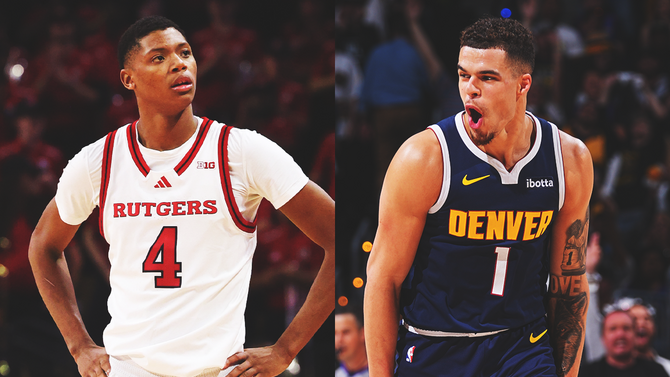
Ace Bailey’s journey through comparisons has been a microcosm of prospect evaluation itself. Early “Tracy McGrady” whispers, born from electrifying high school performances, have settled into a more grounded, yet still high-upside, comparison to Michael Porter Jr. This shift reflects Bailey`s undeniable combination of wing size, athleticism, and shot-making prowess, tempered by questions regarding consistency, assist-to-turnover ratio, and his ability to consistently attack the rim in the half-court. Porter Jr.`s trajectory serves as a template for Bailey: a player with immense natural talent who, if he can iron out the kinks and stay healthy, can be a crucial offensive weapon for a winning team. Bailey`s range of outcomes might be the widest among his peers, making his development a fascinating watch.
VJ Edgecombe, SG, Baylor: The Athletic Two-Way Force (Victor Oladipo)
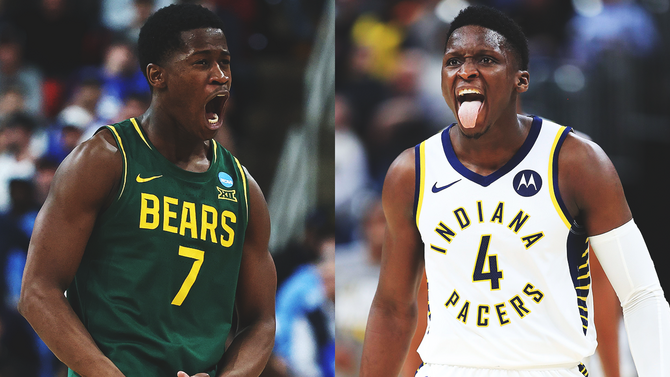
VJ Edgecombe, the athletic guard from Baylor, shares striking similarities with Victor Oladipo. Both entered the scene as raw, albeit incredibly athletic, two-way competitive wings, known for their explosive force and ability to cover ground defensively. Edgecombe`s ongoing development of guard skills – ball-handling, decision-making, and consistent shooting – mirrors Oladipo`s early career progression. The comparison highlights not just the high-flying dunks but the sheer physical intensity and potential to weaponize those gifts on both ends of the floor. The key for Edgecombe, much like Oladipo, will be to consistently refine those secondary skills to fully unlock his formidable physical tools.
Tre Johnson, SG, Texas: The Ascending Scorer (Cam Thomas)
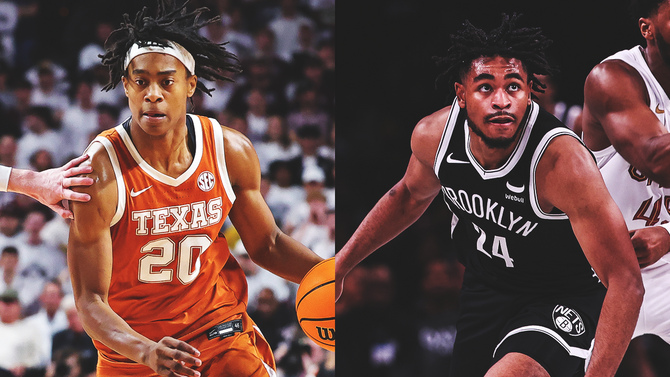
Tre Johnson, the potent scorer from Texas, finds a natural parallel in Cam Thomas. Both possess an innate ability to create and make tough shots, a skill highly valued in the NBA. The initial questions for both revolved around efficiency and their ability to impact winning beyond pure scoring volume. Johnson, however, has started to distinguish himself with unexpected efficiency gains (respectable shooting splits) and clear improvements in his passing and decision-making. This suggests a potential path where Johnson could transcend the “instant-offense” label of Thomas and evolve into a more well-rounded offensive threat who consistently contributes to team success.
Kon Knueppel, SF, Duke: The Cerebral Complement (Austin Reaves)
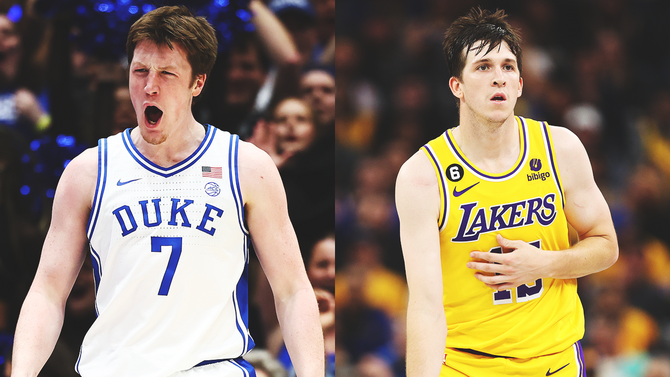
Kon Knueppel, from Duke, is a fascinating prospect whose value isn`t immediately apparent in raw athleticism or imposing stature. His comparison to Austin Reaves is particularly insightful. Both players are defined by their high basketball IQ, skill, smart decision-making, and reliable shooting. Knueppel excels as a floor-spacer and secondary playmaker, thriving both playing off dynamic talents and taking on more initiating duties when needed. This comp highlights a crucial, often undervalued, archetype in the NBA: the cerebral, efficient role player who can consistently impact winning without needing to be the superstar. It’s a testament to the fact that effective basketball isn`t solely about flash; sometimes, it`s about making the smart, fundamentally sound play repeatedly.
The Unpredictability Factor: Where Comps Meet Reality
While player comparisons are invaluable for initial assessment, the journey from draft prospect to NBA star is fraught with variables. Injuries, coaching changes, team dynamics, the mental fortitude to endure setbacks, and the relentless pursuit of improvement all play a pivotal role. A comparison sets a trajectory, but it does not guarantee arrival. The true magic lies not in finding a clone, but in witnessing how each unique individual adapts, evolves, and ultimately, defies or fulfills the expectations born from these early comparisons.
In the end, the player comparison remains an indispensable tool in the NBA Draft ecosystem. It`s a lens through which we attempt to peer into the future, offering context and fueling passionate debate. It reminds us that while basketball history often rhymes, every prospect must ultimately write their own verse, carrying the weight of their comparisons while striving to forge an identity entirely their own.

